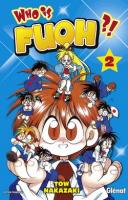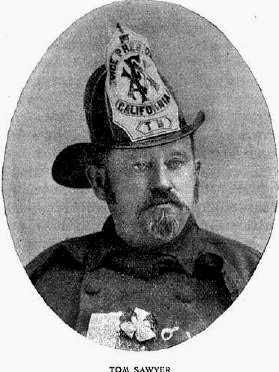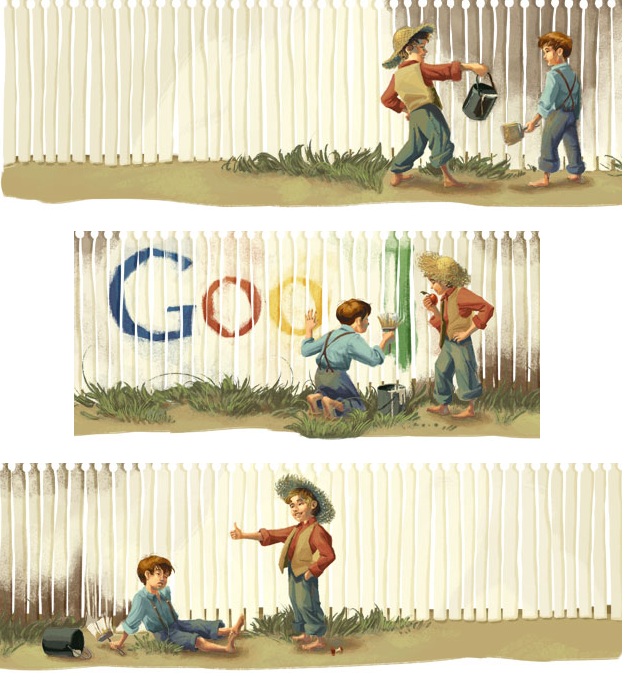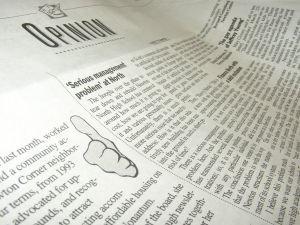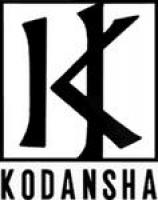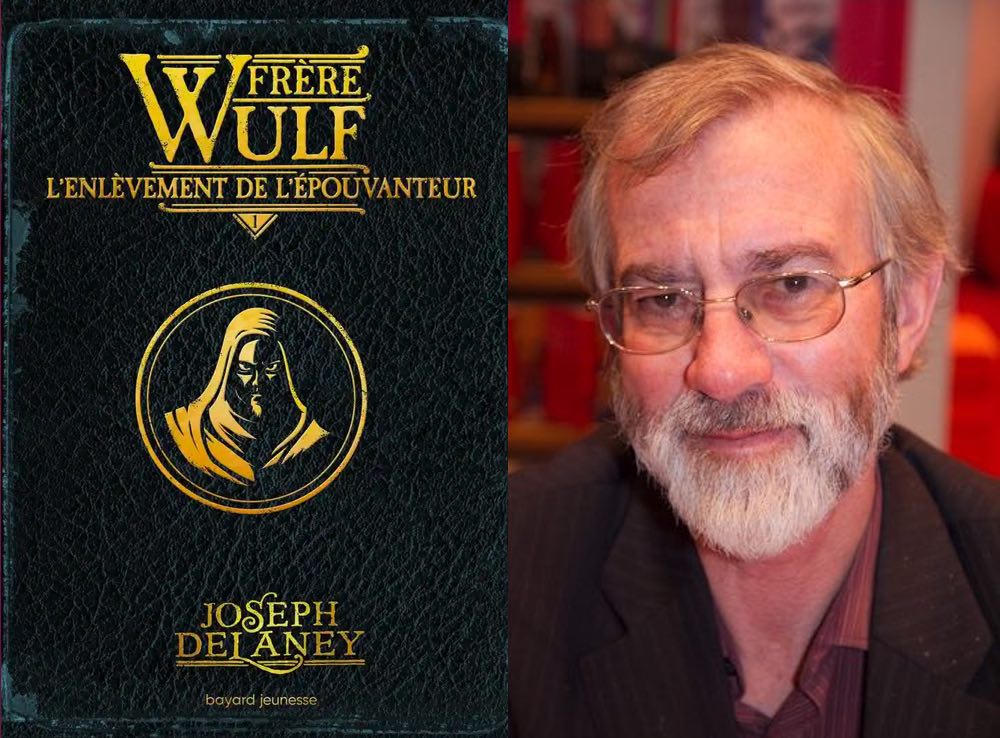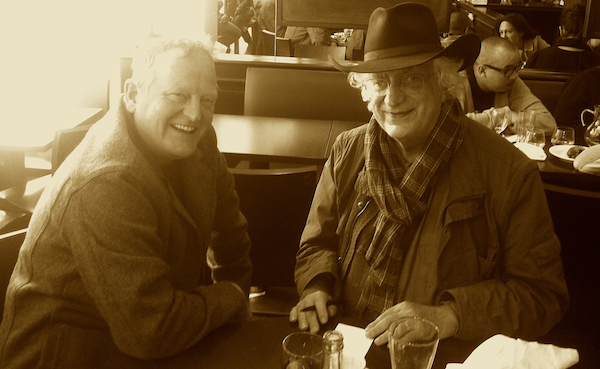tow
Extraits
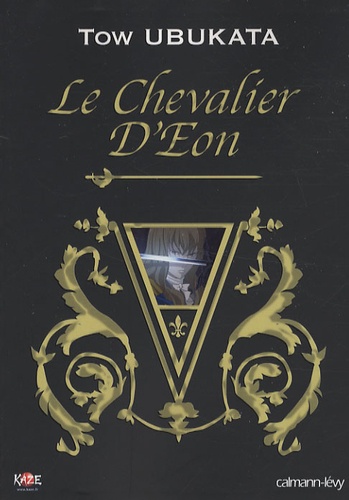
Science-fiction
Le Chevalier d'Eon
Première pierre du titanesque projet Chevalier d'Éon parallèlement décliné en manga (aux Éditions Asuka) et en animé (chez Kaze), à la fois roman d'apprentissage et enquête policière, ce thriller ésotérique aux frontières du fantastique nous propose une plongée haletante au cœur d'une Europe en ébullition
02/2008
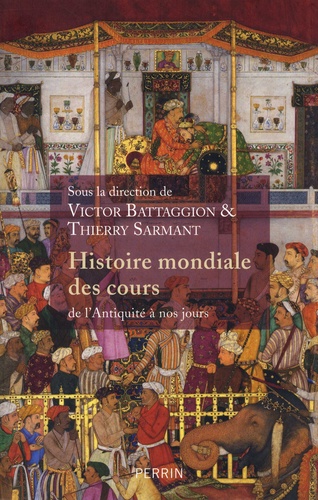
Histoire internationale
Histoire mondiale des cours. De l'Antiquité à nos jours
Véritable voyage dans le monde prestigieux et mystérieux des anciennes cours, ce volume offre à ses lecteurs l'insigne honneur d'être reçu à la cour de Pharaon en Egypte, à celle des empereurs de Chine et du Japon, à celle du roi des rois perse - de Darius au dernier shah d'Iran -, à celles de Rome et de Byzance, de la Sublime Porte, des Grands Moghols indiens, du Vatican, de France bien sûr, mais aussi à celles d'Angleterre, d'Autriche, d'Espagne et de Russie, ou encore dans les royaumes et principautés allemands, scandinaves et balkaniques. Comment elles ont été constituées, comment elles ont évolué, qui les compose - famille, domesticité, dignitaires -, quel est leur écrin - Versailles, Westminster, le Sérail de Constantinople, la Cité interdite de Pékin... -, quels en sont les rites et les usages - le souverain est un être sacré, devant qui la prosternation, "proskynése" en Europe et en Asie, "kow-tow" en Chine, est de rigueur -, quels sont leurs liens ; enfin pourquoi et comment - pour la plupart - elles ont disparu : pour la première fois, les meilleurs spécialistes, réunis par Victor Battaggion et Thierry Sarmant, répondent à toutes ces interrogations et brossent d'une plume alerte et érudite l'histoire de ces cours, tout à la fois instrument et manifestation du pouvoir, de l'Egypte antique à l'Europe contemporaine.
01/2019
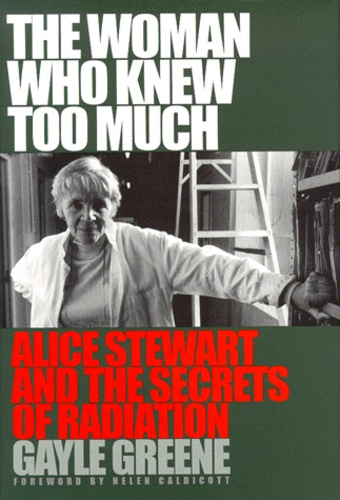
Histoire et Philosophiesophie
THE WOMAN WHO KNEW TOO MUCH. Alice Stewart and the secrets of radiation
THE WOMAN WHO KNEW TOO MUCH tells the engaging life story of the epidemiologist whose discoveries about radiation risk have revolutionized medical practice and challenged international nuclear safety standards. For more than forty years, Dr. Alice Stewart has warned that tow-dose radiation is far more dangerous than has been acknowledged. Although an outstanding scientist with more than 400 peer-reviewed papers to her name, her controversial work has only recently begun to receive significant attention, because it lies at the center of a political storm.
In the 1950s when doctors would routinely x-ray pregnant women, she began research at Oxford that led to the discovery that fetal x-rays doubted a child's risk of developing cancer. When she was in her seventies, she again astounded the scientific world by showing that the U.S. nuclear weapons industry was far more dangerous than commonly believed, a finding that embroiled her in an international controversy over radiation risk. In recent years, she has become one of a handful of independent scientists whose work is a lodestone to the antinuclear movement. In 1990, the New York Times called her "perhaps the Energy Department's most influential and feared scientific critic."
The Woman Who Knew Too Much traces Dr. Stewart's life and career from her early childhood in Sheffield and medical education at Cambridge to her research positions at Oxford and the University of Birmingham, where she still maintains an office. The book joins a growing number of biographies of pioneering women scientists such as Barbara McClintock, Rosalind Franklin, and Lise Meitner and will find a wide range of appreciative readers, including those interested in the history of science and technology and of the history of women in science and medicine. Activists and policymakers will also find the story of Alice Stewart compelling reading.
02/2000

